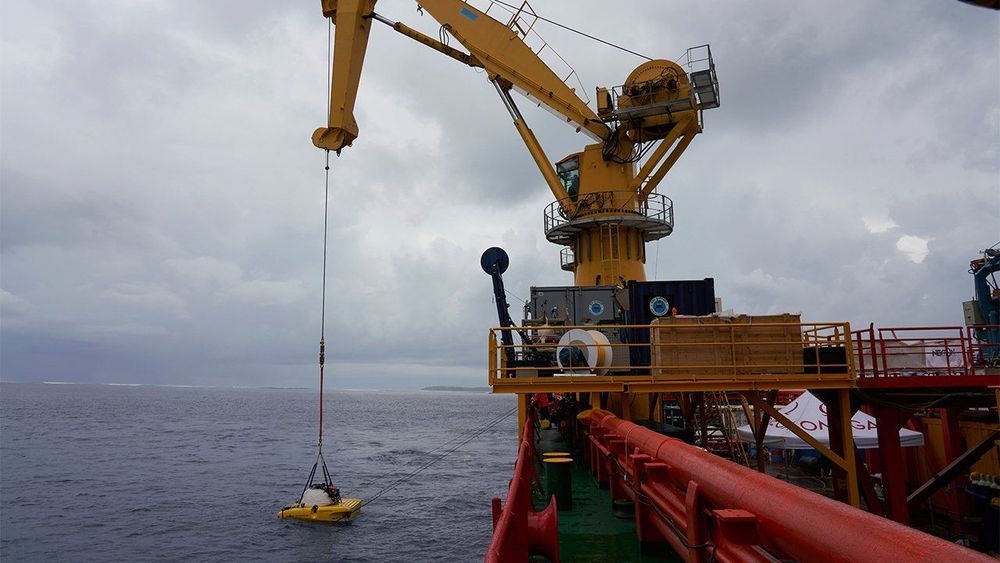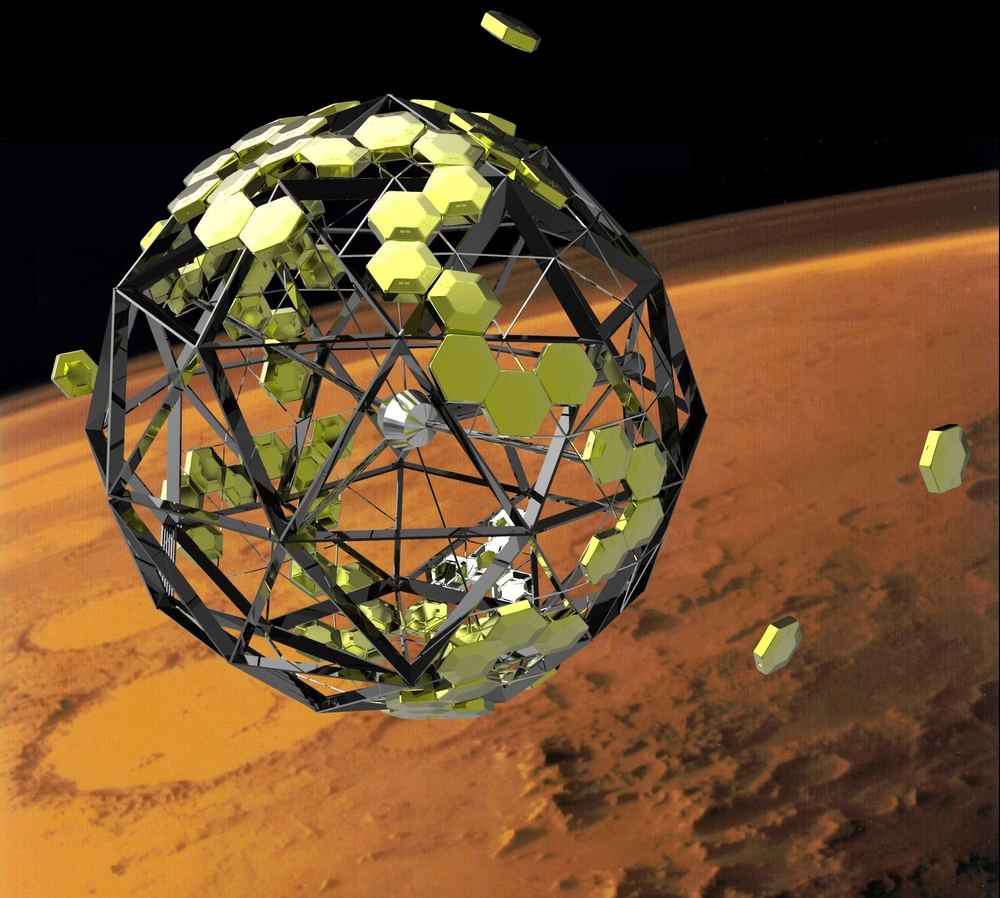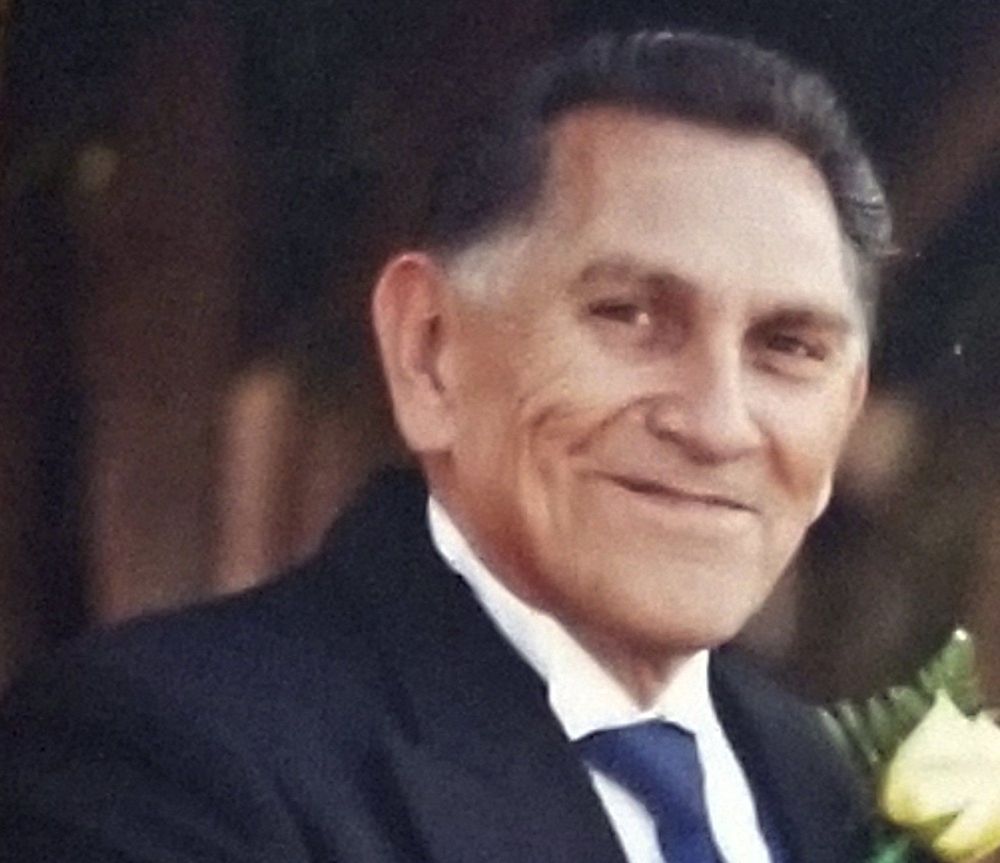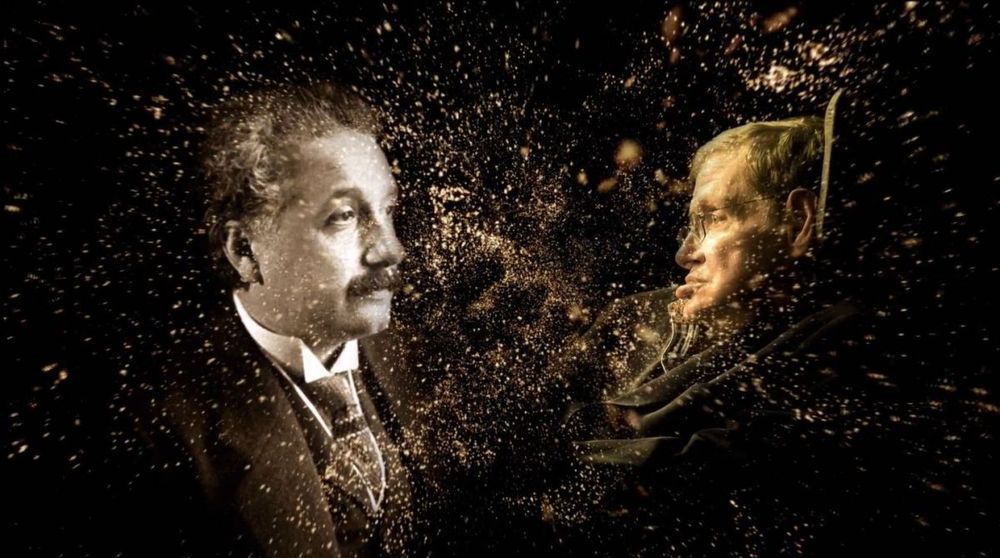Page 9351
Mar 9, 2019
Indian Ocean Deep Dive to Explore One of the Last Unexplored Places on Earth
Posted by Genevieve Klien in category: futurism
- Scientists have begun an unprecedented exploration of the depths of the Indian Ocean.
- The expedition will delve into one of the last major unexplored frontiers on the planet.
An unprecedented mission to explore the depths of the Indian Ocean near the Seychelles Islands and document changes taking place beneath the waves began its research on Thursday.
The British-led Nekton Mission arrived off the tiny atoll of Alphonse in the early morning hours, after looming bad weather forced a change of plan and of route.
Mar 9, 2019
Plans for a Modular Martian Base that Would Provide its own Radiation Shielding
Posted by Klaus Baldauf in category: space
Mar 9, 2019
Physicist Brian Cox on how space travel can save the human race – and why there should be a Mars mission
Posted by Klaus Baldauf in categories: Elon Musk, space travel
Professor says a joint mission to Mars would be a ‘unifying force’. He believes commercial space flight by entrepreneurs like Elon Musk, Jeff Bezos and Richard Branson can help colonise other planets and ensure human race survives.
Mar 8, 2019
Thirteen million degrees of Kevin Bacon: World’s largest family tree shines light on life span, who marries whom
Posted by Ours Ondine in category: health
Mar 8, 2019
10 Women in Science and Tech Who Should Be Household Names
Posted by Genevieve Klien in categories: robotics/AI, science
From code breakers and proto-programmers to molecular biologists and AI leaders, their work has broken barriers and set the stage for the future.
Mar 8, 2019
California man learns he’s dying from doctor on robot video
Posted by Genevieve Klien in categories: biotech/medical, robotics/AI
SAN FRANCISCO (AP) — Ernest Quintana’s family knew he was dying of chronic lung disease when he was taken by ambulance to a hospital, unable to breathe.
But they were devastated when a robot machine rolled into his room in the intensive care unit that night and a doctor told the 78-year-old patient by video call he would likely die within days.
“If you’re coming to tell us normal news, that’s fine, but if you’re coming to tell us there’s no lung left and we want to put you on a morphine drip until you die, it should be done by a human being and not a machine,” his daughter Catherine Quintana said Friday.
Mar 8, 2019
New Documentary Explores Minds of Stephen Hawking, Albert Einstein (Video)
Posted by Genevieve Klien in categories: education, physics
Mar 8, 2019
Another wave of severe flu infections is coming warns CDC
Posted by Genevieve Klien in categories: biotech/medical, surveillance
In its most recent weekly US influenza surveillance report, the Centers for Disease Control and Prevention revealed that flu activity remains high across the nation. According to the agency, both the influenza A viruses H1N1 and H3N2, as well as influenza B viruses, are still making rounds through the population, with H3 viruses more frequently reported than H1N1.
Mar 8, 2019
FDA approves 1st immunotherapy drug to treat breast cancer
Posted by Genevieve Klien in category: biotech/medical
The U.S. Food and Drug Administration has approved the first immunotherapy drug for breast cancer.
Continue Reading Below
Swiss drugmaker Roche’s Tecentriq was OK’d Friday for treating advanced triple-negative breast cancer, which accounts for about 15 percent of cases. It’s to be given with chemotherapy, the standard treatment.
Continue reading “FDA approves 1st immunotherapy drug to treat breast cancer” »

















